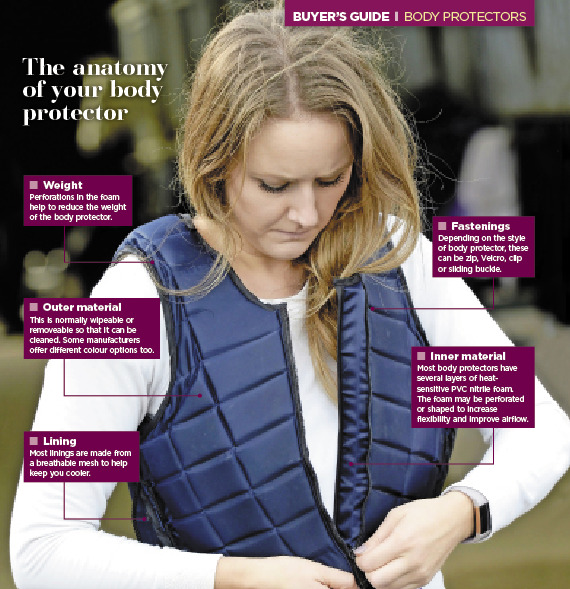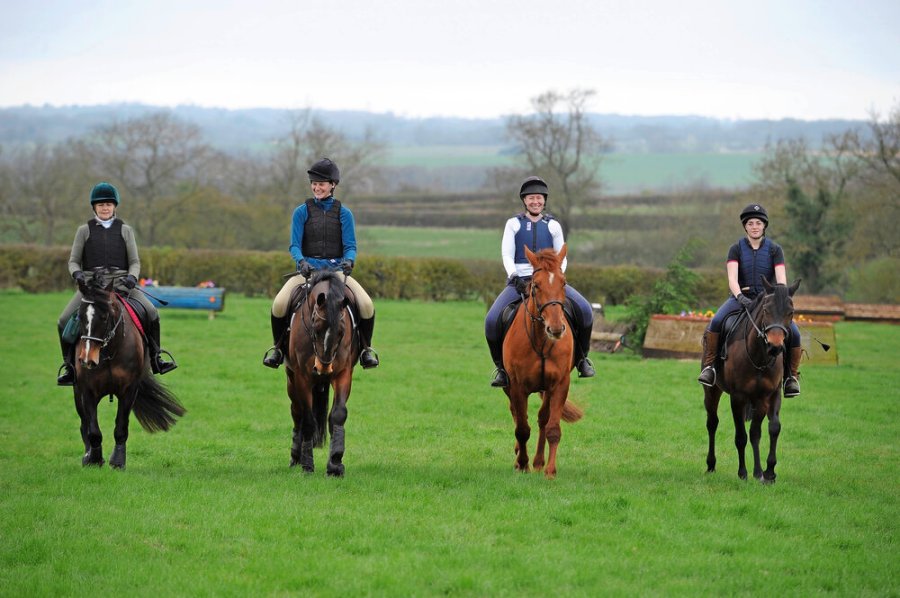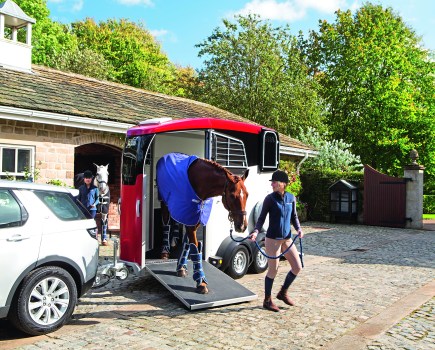Your body protector is a key piece of safety equipment. Here’s how to pick the right one for you.
It’s becoming increasingly the norm to wear a body protector whenever you ride — no longer are they only considered essential when you’re going cross-country.
Putting your own safety first is vital (which also includes wearing a riding hat that conforms to the latest safety standards).
Body protectors are designed to absorb impact from a fall or a kick.
The comfort and design of protectors has changed a great deal, and, thanks to the use of modern materials, they’re much lighter and more flexible now, making them more comfortable to wear.
 Correct fit
Correct fit
It is essential that your body protector fits correctly to ensure that it can do its job when needed.
It’s recommended that you visit a British Equestrian Trade Association (BETA) trained retailer to have your body protector fitted — this is indicated by a BETA Safety Certificate displayed in store. Here you’ll get a free, personalised fitting.
BETA runs regular courses to train retailers in the construction, correct use, fitting and maintenance of body protectors — specialist information that they can pass on to you when you visit their tack shops or show stands.
Understanding safety standards
Over the years, the standards for body protectors have changed, increasing the level of protection offered.
As of 1 October 2018, they have been designed to meet the new regulations and safety standards that will run alongside the 2009 versions for the next five years.
There is no difference in the protection offered and both will be recognised by most disciplines until further notice.
The BETA 2000 Level 1 and 2 are no longer effective or accepted in eventing and should be replaced. To carry the BETA label, body protectors must meet standard EN13158 and have a CE mark.
See our latest issue for tips on how to keep your body protector in great condition, plus our shopping guide of the best body protectors on the market.
BETA Safety Week 27 June – 5 July
Help us to send BETA Safety Week viral by linking up with us on our social media channels: Facebook @betaequestrian, Twitter@betaequestrian and Instagram @beta_equestrian. Keep a look out for our fab competitions in the run-up to the week and remember to use our hashtag #BSW20
Don’t miss the latest issue of Your Horse Magazine, jam-packed with training and veterinary advice, horse-care tips and the latest equestrian products, available now.









